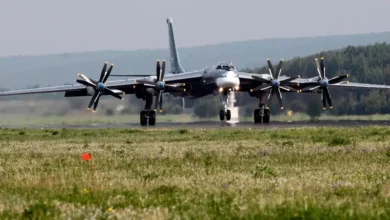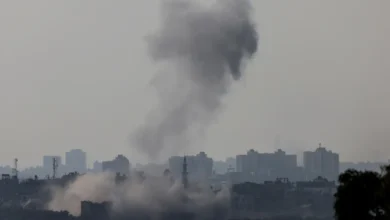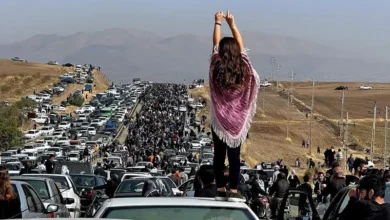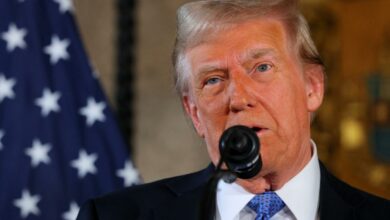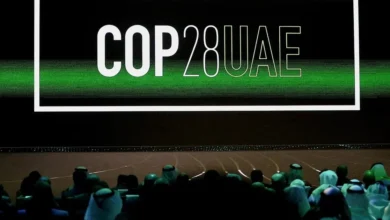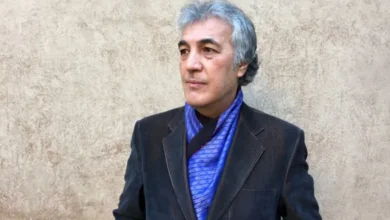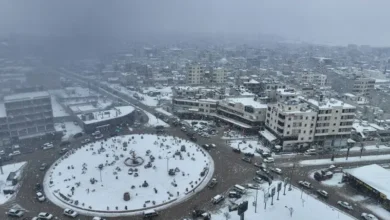In Australia, energy crunch prompts a heated debate on going nuclear
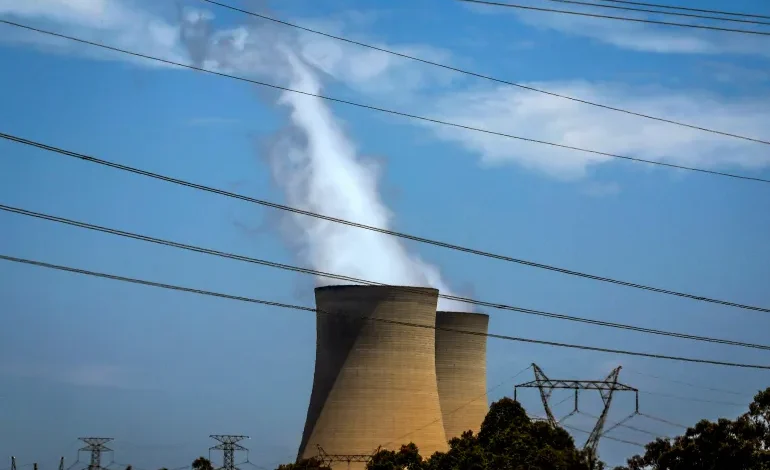
The Mount Piper coal-fired power station sits just 25km (15 miles) to the west of one of Australia’s most scenic natural landscapes, Blue Mountains National Park, known for its spectacular eucalyptus-covered canyons, sandstone cliffs and waterfalls.
The facility, set in hilly, drought-prone grazing country, is one of seven sites where conservative opposition leader Peter Dutton plans to build Australia’s first nuclear energy power stations should his Liberal and National Party coalition win next year’s federal election.
Dutton has argued that the current centre-left Labor Party government will not be able to reach its target of reducing greenhouse gas emissions by 43 percent below 2005 levels by 2030 with renewables such as wind and solar alone.
“I want to make sure that the Australian public understands today that we have a vision for our country to deliver cleaner electricity, cheaper electricity and consistent electricity,” Dutton told reporters last month.
For many Australians, Dutton’s proposals lit a match under a discussion they had assumed was put to bed decades ago.
In 1998, a previous conservative government banned nuclear power in favour of coal, a commodity that remains Australia’s second most valuable export after iron ore – the fuel last year made up 15 percent of total exports, worth some 102 billion Australian dollars ($68bn).
But since 2006, conservative parties have periodically called for a new debate on the nuclear question – although never seriously while last in power between 2013-2022.
Under the current government’s plans, Australia is one of the few major economies not using, or planning to use, nuclear energy to provide guaranteed power to underpin renewable sources like solar and wind.
In Blue Mountains communities such as Lithgow, a gentrifying town that once hosted more than a dozen coal mines, the nuclear proposals have prompted mixed reactions.
Larissa Edwards, one of a growing number of “tree changers” who have relocated to Lithgow to escape city life, said she was horrified when she learned of the plans.
“I was gobsmacked really. It’s an obvious spot for Dutton’s plan, which he had signalled to some degree. But as the whole area is moving to renewables, I was still shocked,” she said.
“I don’t think it’s the right solution for the energy crisis, nor for the climate crisis that we’re in.”
“It’s clearly got a fundamentally political objective, which is to differentiate the opposition on energy policy, and has been successful so far in that the government hasn’t yet worked out what its reaction should be,” Tony Wood, the director of the energy program at the Grattan Institute think tank, told Al Jazeera.
The chosen sites all host ageing coal-fired electricity plants, which the incumbent government has promised to phase out as quickly as possible.
On an optimistic timetable, nuclear energy would take at least 10-15 years to come online.
Critics see the policy as aimed at propping up members of Dutton’s coalition in electorates where communities are anxious about the economic impact of the transition away from coal, as well as leveraging a backlash in regional areas against what many rural residents see as unsightly renewables projects.
At the heart of the debate are questions about the economic viability of renewables as Australia transitions to net-zero emissions by 2050, a commitment supported by both major parties.
“I am concerned about how things are going to be transported through the area and I’m concerned about the storage of waste and the impact that that would potentially have on an area that’s so close to our World Heritage environment,” Lithgow resident Edwards said.
Such fears have been compounded politically by the fact that Prime Minister Anthony Albanese has yet to say where waste from Australia’s planned fleet of nuclear submarines, the first of which is not due to arrive until 2030, will be stored.
“That’s something that Australia is going to have to sort out, and it’s proven to be very thorny politically in the past and I don’t see that changing,” Ebony Bennett, the deputy director of the Australia Institute think tank, told Al Jazeera.
There are also questions about what type of nuclear technology – from large-scale plants to emerging but largely untested small modular reactors and next-generation sodium-cooled fast reactors – would best suit drought-prone Australia.
The first reactor using the latter technology, developed by United States company TerraPower, broke ground last month in the US state of Wyoming.
In a recent policy paper, Ken Baldwin, a professor at Australian National University’s Research School of Physics, argued that all options should be allowed to compete on a level playing field if there is “even a small chance that nuclear power could fill the reliability gap in a 100 percent clean energy system”.
“This is a strong argument – currently favoured by public opinion – for removing Australia’s legislated ban on nuclear power, so the nation can evaluate the best option without one hand tied behind its back,” Baldwin wrote.
The AEMO report found that nuclear power was “one of the most expensive ways to generate electricity”.
“I think the economics of it probably didn’t stack up particularly well 20 years ago, and they’re even worse now,” the Australia Institute’s Bennett said.
“There was a huge amount of community opposition back [then]. The reality is we have missed the boat on nuclear, if there ever was a boat to catch.”

